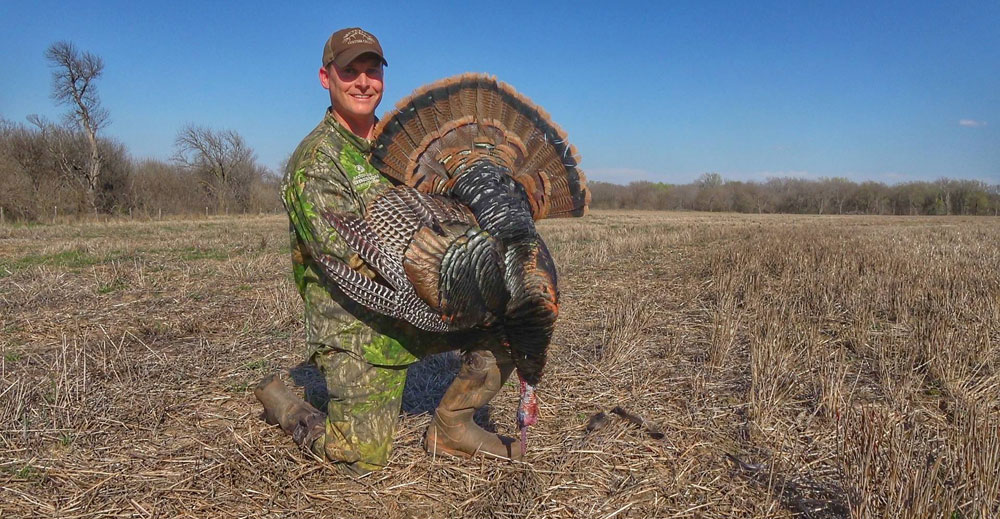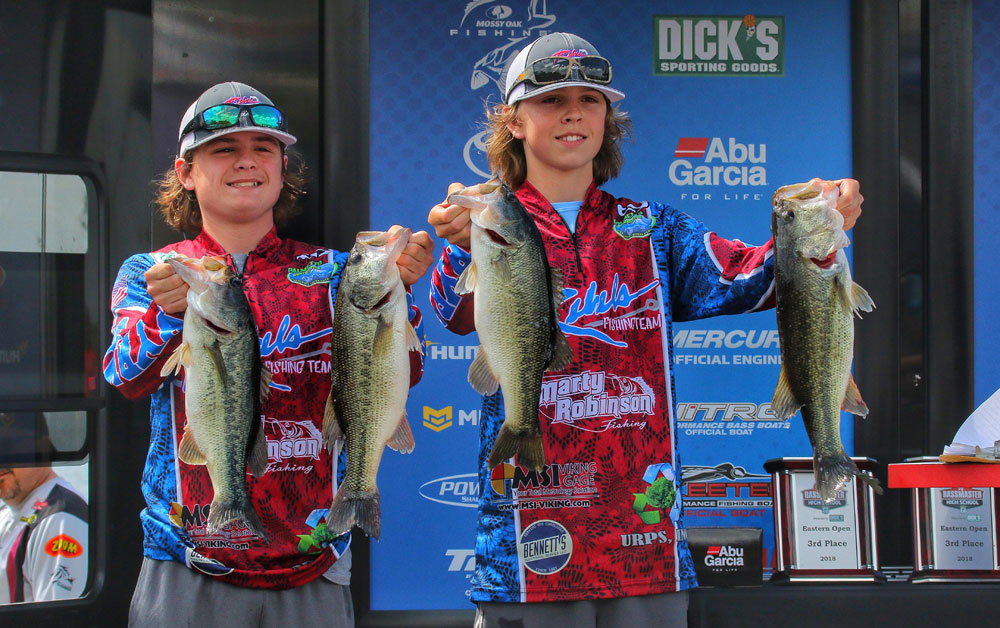Shane Simpson | Mossy Oak ProStaff

I started hunting turkeys when I was about 12 years old, and I had absolutely no idea what I was doing. I ran into another turkey hunter on some public land that was adjacent our private land. He asked me, “Do you know what you're doing out here? What do you know about turkey hunting?”
I answered honestly, “I know absolutely nothing about turkey hunting.” Then he reached in the back of his pack, pulled out a brand-new mouth call and gave it to me.
He told me, “Practice with this, and that will help you become a better turkey caller. Then sit down with your back to a big tree and start calling.”
That one instance in the woods so many years ago is how I got involved in turkey hunting and turkey calling. That’s also the reason I've always liked to use diaphragm turkey calls, because that was the first turkey call I ever had.
I took my first turkey when I was 14. I was basically self-taught. No one ever took me turkey hunting. My dad didn’t hunt, so I always hunted by myself. My dad wanted to know that I knew how to handle a gun safely, then he more or less turned me loose in the woods to go find a turkey.
I like looking for tracks and droppings and trying to determine where that turkey may be and what he may be doing. I try to find out where turkeys like to roost and attempt to pattern them, and I learn as much information as possible about the turkey I'm planning to hunt on the first day of the hunt. Then when I make contact with the bird, I start talking to him, trying to determine what move I’ll make next when he answers me, or if I'm going to move at all. I also enjoy using different calls to see which call that turkey wants to hear that day.
When you're hunting and calling a turkey, you not only need to understand what your options are, but you also need to think through the process of what that turkey will do when you do what you do.



























